
Bombay
Bombay
Bombay
Are you familiar with the Bombay cat, a breed not well known in Japan? At first glance, it might seem like just an ordinary black cat, but the origin story of the Bombay involves a significant contribution from one woman. What secrets lie in the history of the Bombay, and how did it get its name? Let's dive into the excitement and uncover these mysteries together!
Bombay Basic Infomation

Country of origin: United States
Male weight: 3.5–5.5 kg, Female weight: 3.5–5 kg
The Bombay was developed by a breeder in the United States with the wish to create a cat that resembled a black panther. The breeder, Nikki Horner, had been a cat enthusiast since childhood, breeding American Shorthairs and Burmese, and eventually becoming famous as a prestigious cattery. Over time, Horner began to harbor the desire to create a cat that resembled a small black panther, although initial breeding attempts were not successful.
She first crossed an American Shorthair with a Burmese at her cattery, but the kittens born were somewhat lackluster American Shorthairs.
After several trials and errors in breeding, a total of 27 kittens were born from 1966 to 1972. These kittens beautifully inherited the Burmese's sleek, glossy coat and the American Shorthair's golden eyes, forming the foundation of what is now known as the Bombay breed.
Horner continued her efforts to promote the Bombay, seeking recognition for it as a new breed. The 27 kittens grew quickly, and soon the next generation began breeding. This resulted in over 100 cats, not just the original 27.
Horner faced many challenges finding new owners and breeders, particularly facing resistance from Burmese breeders. However, after much effort and continuous activity to meet breed registration criteria, the Bombay was officially recognized as a breed by the Cat Fanciers' Association (CFA) in 1976.
Following this recognition, the Bombay achieved further success in cat shows due to the efforts of its breeding successors. Nikki Horner, who had tirelessly worked to make the new cat breed known, considered the Bombay her 'masterpiece' and passed away before the turn of the 21st century.
Bombay Q&A

What is the origin of the name 'Bombay'?
The name originates from its resemblance to the Indian black panther. It is also named after the city of Bombay (now Mumbai) in India.
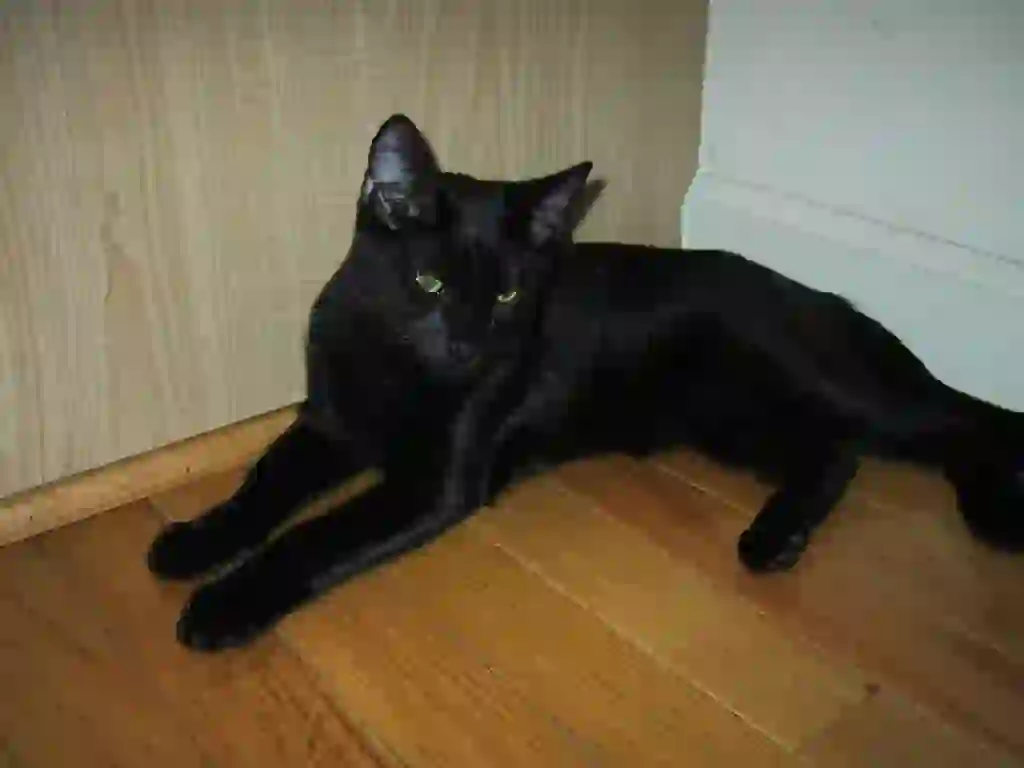
What are the color variations of the Bombay?
The only color is black.
Solid Color: The face, body, legs, and tail are all a single color.
The eye colors include gold, orange, and copper.
The Bombay is exclusively a short-haired breed.

What does the Bombay look like?
The Bombay has a rounded head with large, round eyes and well-balanced ears. Its body type is semi-cobby. It has long, muscular legs, and despite its medium size, it also has a substantial heft. The fur has the sheen of black enamel and feels smooth to the touch. Its uniform black color throughout gives it a simple yet stunning appearance that could be straight out of a fairy tale. It's a breed that will certainly appeal to black cat lovers.
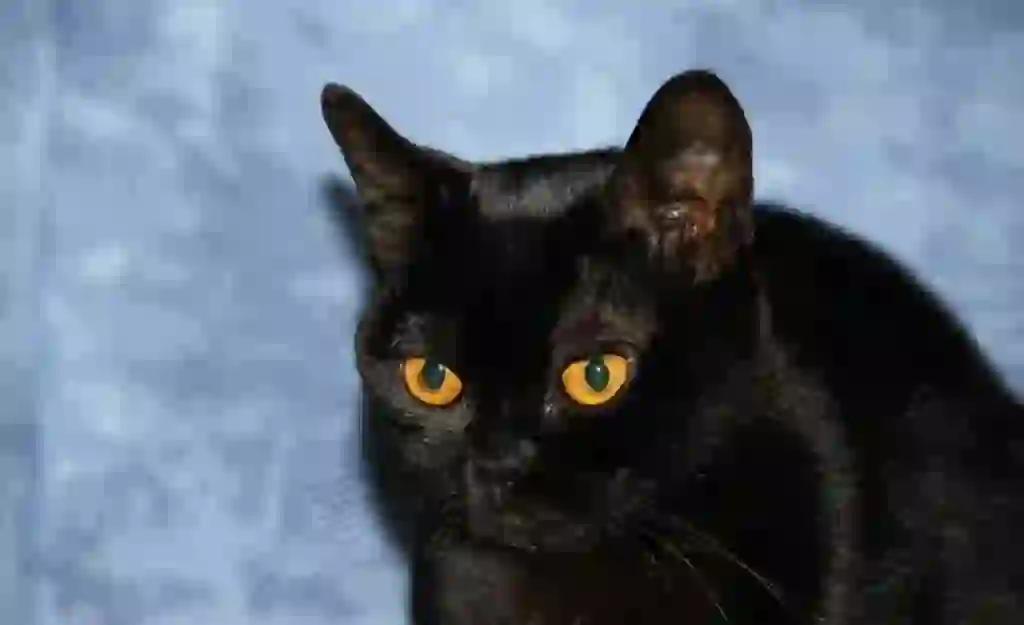
Does the Bombay have leopard spots?
While the black leopard can show spots under certain lighting, does the Bombay, resembling the black leopard, have spots? The answer is no. The Bombay is merely 'reminiscent' of the Indian black panther, and thus does not have spotted patterns.

How much does it cost to buy a Bombay?
Purchasing a Bombay from a breeder or cattery typically costs between 200,000 and 300,000 yen. If you find a kitten you like, it's a good idea to visit and see it first.
Bombays are rarely seen in pet shops, so buying from a breeder is common.
Furthermore, purchasing from a cattery, which requires higher qualifications than general breeders, can be more expensive. Catteries require certification from pedigree issuing organizations such as 'CAF' and 'TICA', thus breeders with these qualifications are more trusted and add value to the price.
The price can vary depending on several factors:
Being a kitten, having an excellent pedigree, or possessing rare colors or patterns can all increase the cost.

I want to know more about the character and features of the Bombay!
Bombays have a personality that seems to mix the best traits of the American Shorthair's brightness and activity with the Burmese's calmness and affection. They get along well with small children and other animals, making them suitable for families that might be growing.
While Bombays are adept at adapting to their surroundings, they also have a cuddly side. They may often show their affectionate side, especially to their owners, with males generally being more prone to this behavior, while females are relatively more composed.
As they are quite intelligent, training should not pose any difficulties. They also love to play, and if trained properly, they can fetch toys like dogs. Unusually for cats, they can also be walked on a leash, though some may dislike it or be uncomfortable outside, so it's best not to force them to walk if they are reluctant.
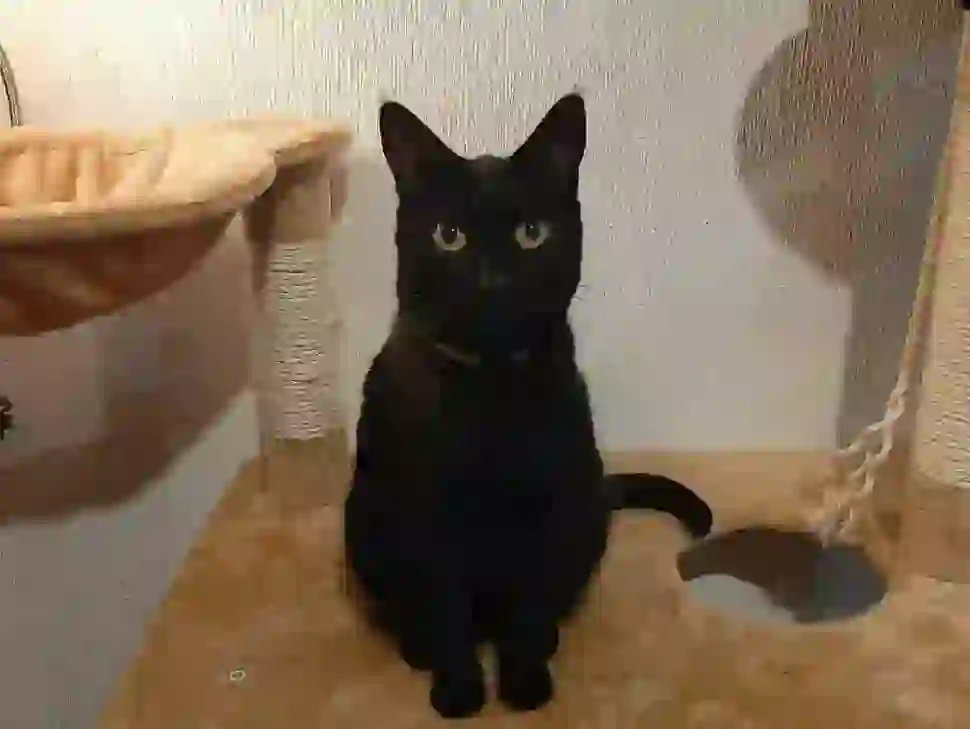
What common illnesses are Bombays prone to?
Bombays are susceptible to hypertrophic cardiomyopathy and periodontal disease.
This condition involves the thickening of the heart muscle, impairing the heart's ability to contract properly. It often develops due to genetics, and no specific prevention has been discovered.
Symptoms may not be noticeable after onset, and in some cases, thrombosis may occur concurrently, leading to potential fatality. How can you detect this disease early? The conclusion is that regular health check-ups are essential.
While there is no definitive cure for hypertrophic cardiomyopathy, starting treatment early can slow the progression of the disease.
Periodontal disease is an inflammatory disease caused by bacteria between the teeth and gums. It often develops due to the accumulation of plaque and tartar, but it can also be caused by oral tumors or other infections such as feline AIDS.
If you notice bad breath or bleeding from the teeth, it is recommended to consult a veterinarian. Especially as cats age, they are more prone to tartar build-up that causes periodontal disease, so it might be beneficial to get them used to oral care from a young age.
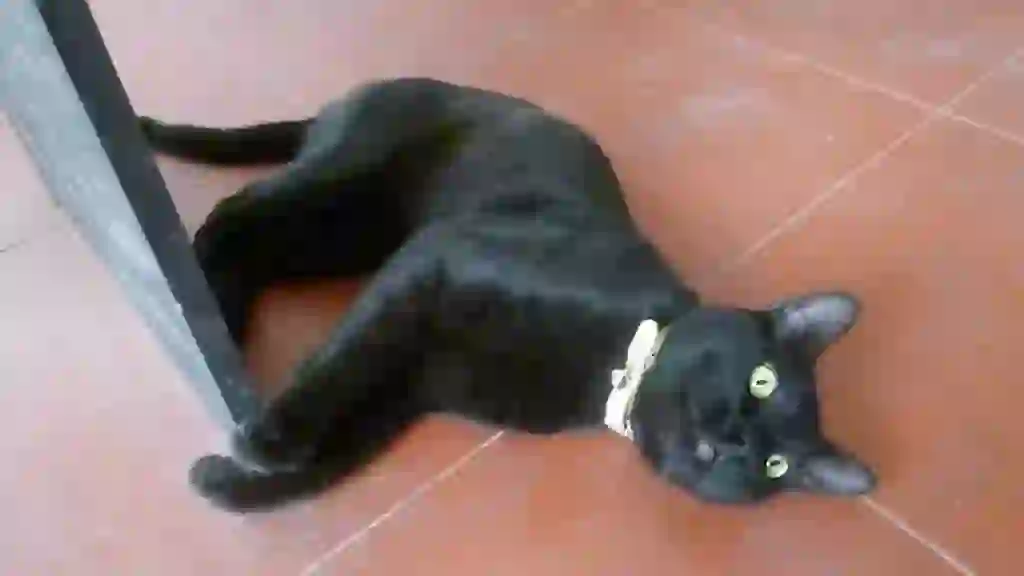
What is the lifespan of a Bombay?
The lifespan of a Bombay is generally said to be between 13 to 15 years, which is comparable to the average lifespan of domestic cats, ranging from 12 to 16 years. With proper attention to health issues, they can live long, fulfilling lives.

Would you like to become a part of the 'Animalbook.jp'?
Turn your knowledge into Q&A and share it with the world. ※Publication will be activated after purchase. Let's share information together!
Bombay Type of List
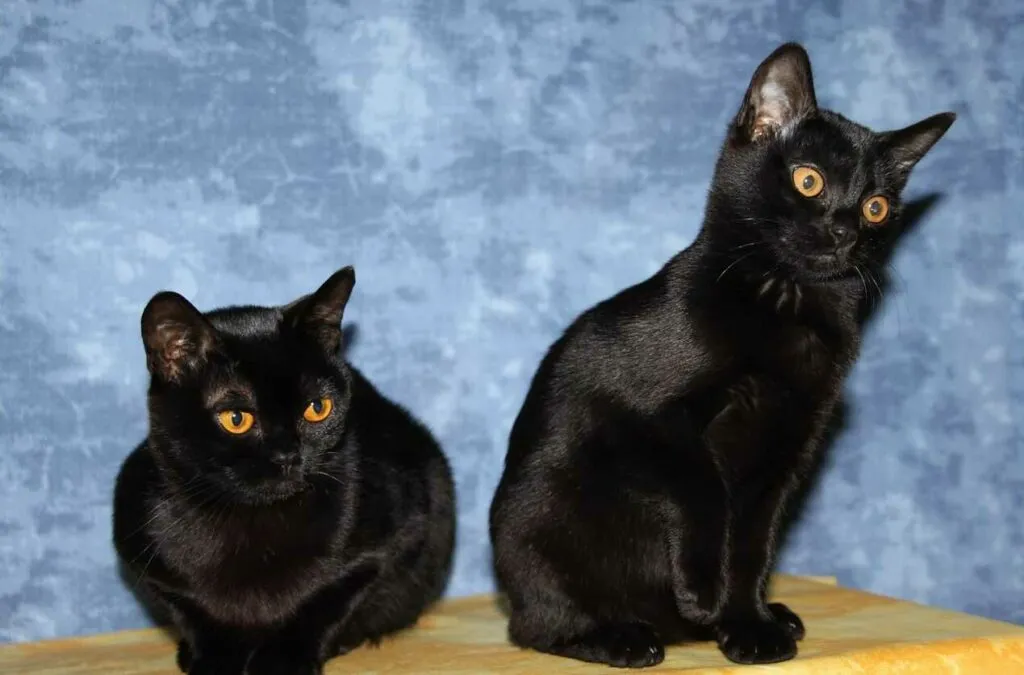
- Bombay
Information
Congratulations! You are the first commenter!

Create Your Favorite List!
Bombay
Save the animals you love! Build your own list to quickly revisit your favorites later.

Would you like to leave a comment?
※Please note: This is for the purchase of rights to post comments within the article.
Find Your Favorites!
Our shop offers a unique and attractive selection of goods themed around various animals.
Bombay References

- まるごとわかる猫種大図鑑 監修:CFA公認審査員 早田由貴子
- 世界中で愛される美しすぎる猫図鑑 監修 今泉忠明
- The Cat Fancier's Association, Inc. https://cfa.org/bombay/
- 猫との暮らし大百科 https://www.anicom-sompo.co.jp/nekonoshiori/
- みんなの猫図鑑 https://www.min-nekozukan.com/
- Pet Smile news forネコちゃん http://psnews.jp/cat/
- 子猫のへや https://www.konekono-heya.com/sitemap.html
- ねこちゃんホンポ https://nekochan.jp/
- 公益社団法人 埼玉県獣医師会 https://www.saitama-vma.org/topics/猫の遺伝性疾患について/
- RIKA りか動物病院 猫の歯周病のお話 http://rika-ah.com/byouki/byouki25.html
Bombay Introduction of media used
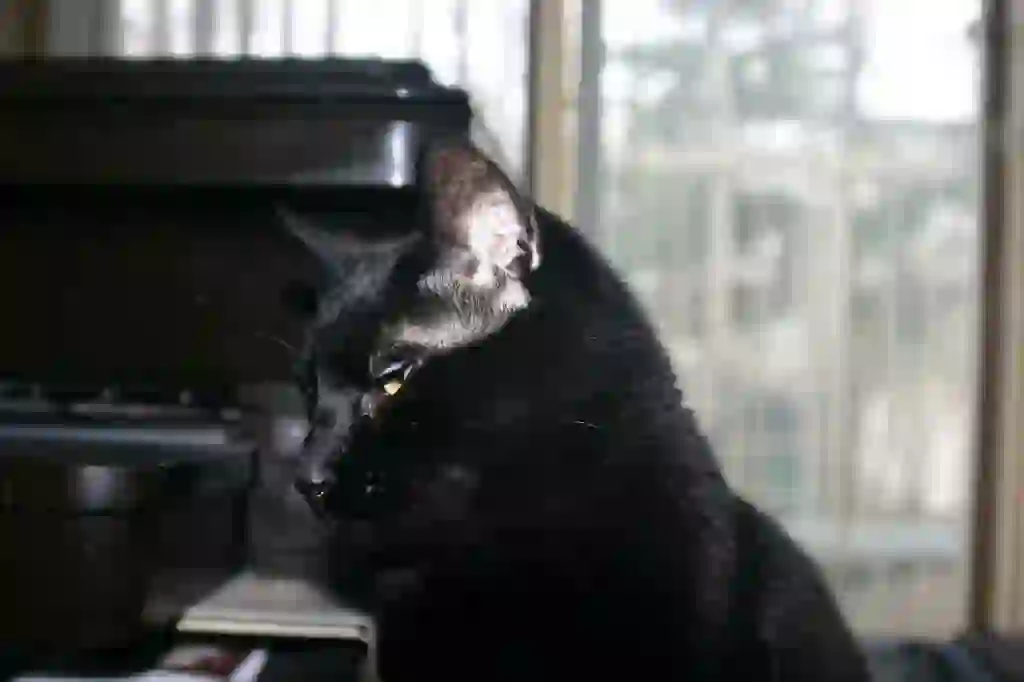
出典:https://pixabay.com/images/id-2581804/

Help Enrich Our Animalbook.jp with Your Media!
We are constantly looking to expand and enrich our Animalbook.jp with amazing photos and videos of animals. If you have any media that you'd like to share, please contribute and help us showcase the beauty and diversity of the animal kingdom. Your submissions will be credited and featured in our encyclopedia, reaching a wide audience of animal lovers.



















